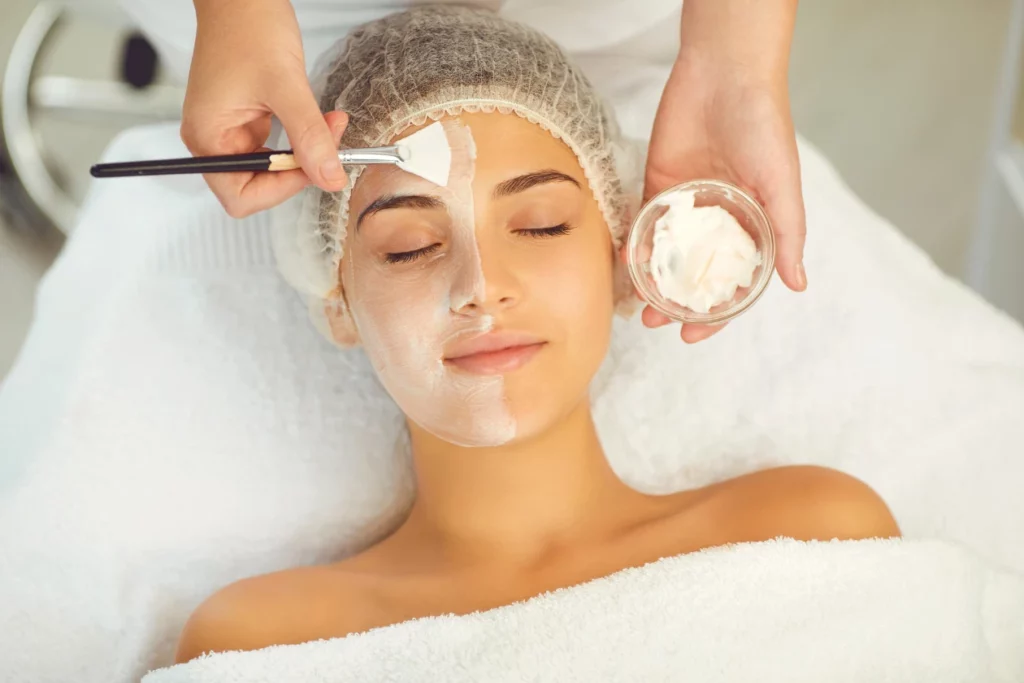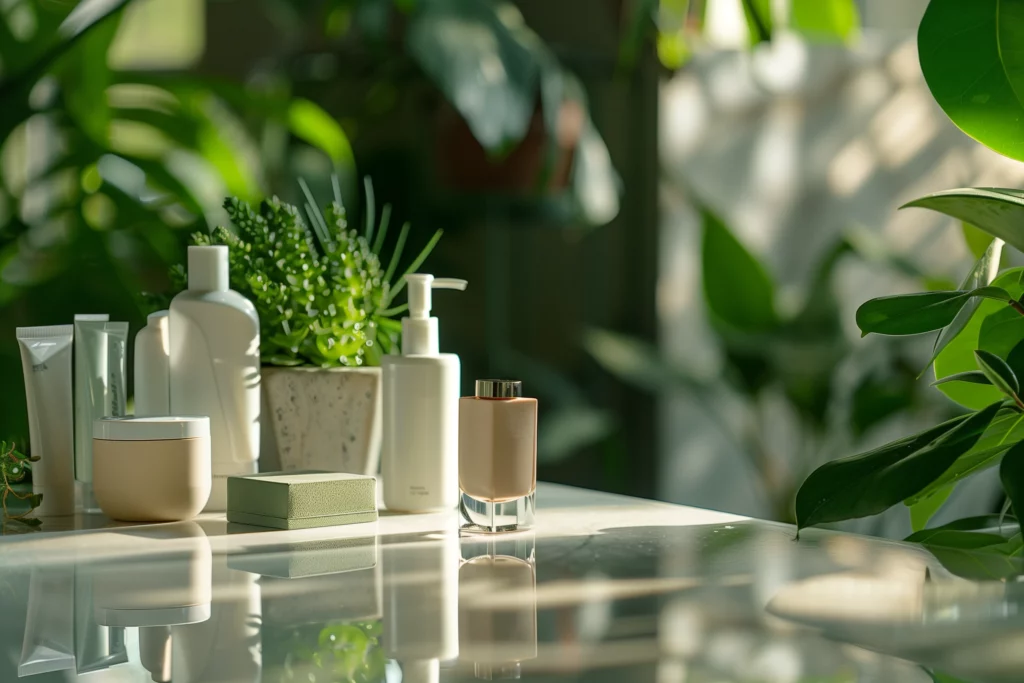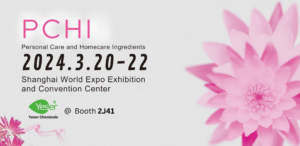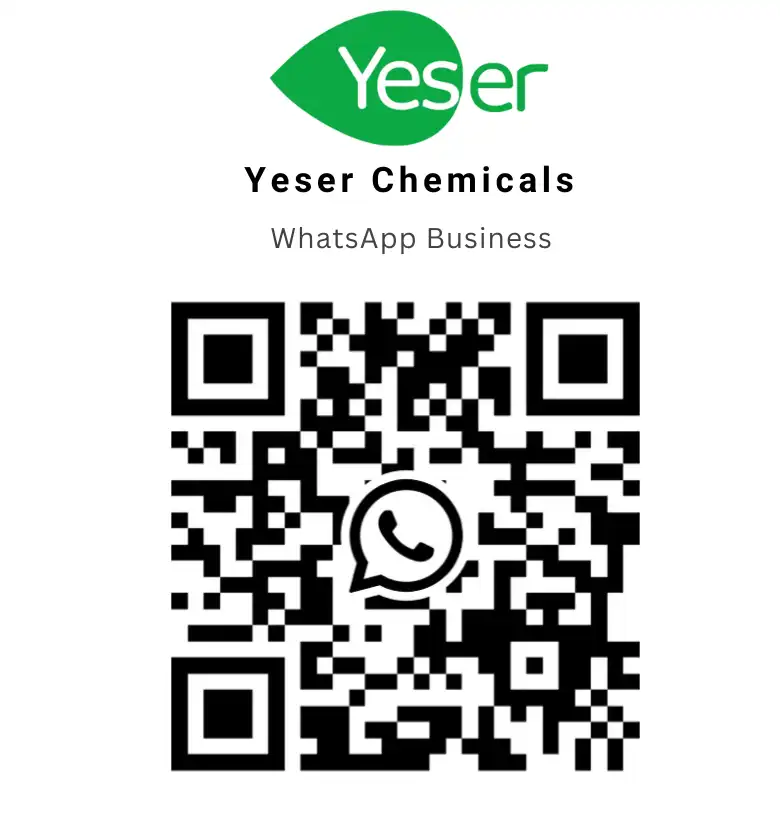Introduction
In the fascinating world of cosmetics, one often-overlooked component plays a crucial role in maintaining the integrity, safety, and usability of various products – preservatives. Much like the invisible guardians of your beauty regime, these compounds work behind the scenes to prevent spoilage, extend shelf life, and ensure overall quality consistency. This article delves into the importance of preservatives in cosmetics, the different types used in formulations, and their safety profile.
The Importance of Preservatives
Why Cosmetics Need Preservatives
The moist, warm environment within cosmetic products, combined with organic ingredients, often provides a suitable breeding ground for microbes, such as bacteria and fungi. This can lead to product spoilage and even cause infections if applied to the skin. Therefore, preservatives are added to cosmetic formulations to maintain the product’s integrity over its useful life.
The Role of Preservatives in Product Safety and Longevity
Preservatives not only keep cosmetics free from harmful microorganisms, but they also help extend the shelf-life of products. By inhibiting the growth of microbes, preservatives prevent the deterioration of the product, thereby maintaining its effectiveness and ensuring customer safety.

Classification of Cosmetic Preservatives
Synthetic Preservatives
These are chemically produced compounds that exhibit strong antimicrobial properties. Examples include parabens, formaldehyde releasers like DMDM hydantoin, and isothiazolinones.
Synthetic preservatives play a vital role in ensuring the safety and longevity of cosmetic products. They offer several benefits, including a broad spectrum of activity against bacteria and fungi, availability of many options, consistent quality from batch to batch, well-understood safety profiles, and compatibility with other cosmetic ingredients. Additionally, they generally require low concentrations to effectively preserve products and do not typically interfere with the fragrance, color, or other aspects of a formulation. However, synthetic preservatives have drawbacks, such as negative reputations in popular media, being petroleum-based, potential skin irritation, and interference with “natural” and “organic” product labeling.
Natural Preservatives
Derived from natural resources, these preservatives are perceived as safer alternatives to synthetic preservatives. They include compounds like benzoic acid, derived from berries and cinnamon, and ethylhexylglycerin extracted from vegetable glycerin.
Natural preservatives are generally considered safe for consumption and are increasingly being sought after by consumers due to their perceived health benefits. They are also being explored for use in cosmetics and skin care products as a response to the demand for safer and more environmentally friendly options.

Common Preservatives in Cosmetics
Formaldehyde and its Derivatives
Formaldehyde, commonly used in the form of formalin, found in nearly one-fifth of cosmetic products, is a highly effective preservative known for breaking apart proteins. However, it’s also recognized as a potential human carcinogen and skin irritant. The use of formaldehyde in cosmetics is strictly regulated in the European Union (EU) under the Cosmetic Regulation (EC) No 1223/2009.
In recent years, formaldehyde-releasing preservatives such as DMDM hydantoin and Diazolidinyl Urea have been increasingly used as alternatives to formaldehyde. These preservatives gradually release formaldehyde under acidic conditions, providing antimicrobial protection while minimizing direct formaldehyde exposure.
Parabens
Parabens are synthetic preservatives commonly used in cosmetics to prevent the growth of microbes. However, they have been linked to potential endocrine disruption, raising health concerns.
Parabens, such as methylparaben, propylparaben, and butylparaben, are not water-soluble and can penetrate the skin, leading to almost continuous exposure with repeated application of products containing them. They have been found in nearly all urine samples from U.S. adults, regardless of ethnic, socioeconomic, or geographic backgrounds. Parabens have also been classified as endocrine-disrupting chemicals (EDCs), and their influence on the human endocrine system is a subject of significant importance.
Benzoic Acid
Benzoic acid and its salt forms, such as sodium benzoate and potassium benzoate, are commonly used as preservatives in various products, including cosmetics and food. In the cosmetic industry, sodium benzoate is commonly used as a preservative in various products, such as hair products, baby wipes, toothpaste, and mouthwash. It is also added to some medications and personal care products to prolong shelf life.
Benzoic acid and its salts are effective in preventing the growth of yeast, mold, and some bacteria, particularly in acidic products. While they are generally recognized as safe (GRAS) for use as cosmetic and food preservatives in high-acid foods and occur naturally in some organisms, there are some concerns associated with their use.
Sodium benzoate, for example, is a salt of benzoic acid and is well soluble in water, tasteless, and odorless. It is used as a preservative added to food and cosmetics in strictly defined doses to inhibit the growth of bacteria, yeast, and mold. However, there are concerns about its potential to form benzene, a known carcinogen, when combined with vitamin C. Elevated levels of benzene have been reported in carbonated beverages, fruit juices, and some cosmetic products where sodium benzoate is present in combination with vitamin C.
Other natural acids and their salts, including salicylic acid, sorbic acid, lactic acid, dehydroacetic acid, and citric acid, are also often used as natural preservatives in cosmetic products.
Isothiazolinones
Isothiazolinones, such as methylisothiazolinone and methylchloroisothiazolinone, are synthetic preservatives commonly used in rinse-off cosmetics to guard against bacteria and fungi due to their efficacy even at low concentrations.
However, isothiazolinone preservatives are established skin sensitizers and irritants and are linked to endocrine disruption and aquatic toxicity. They are found in various personal care products, including shampoos, conditioners, body washes, and cleaning products. These preservatives have been associated with allergic contact dermatitis and have raised concerns about their potential health effects. Due to their known sensitizing properties, individuals with sensitivities should be cautious when using products containing isothiazolinone preservatives.
The use of isothiazolinones in cosmetics has been restricted by EU legislation due to their potential health hazards. Therefore, consumers are advised to be diligent in avoiding ingredients of this class and to choose products that do not contain isothiazolinone preservatives.
Phenoxyethanol
Phenoxyethanol, often used as an alternative to parabens, is an effective antimicrobial against bacteria and molds, and is considered safer for skincare use when used at concentrations below 1%.
Phenoxyethanol is an organic compound commonly used as a preservative in cosmetic products to limit bacterial growth. It has a large spectrum of antimicrobial activity and is effective against various Gram-negative and Gram-positive bacteria, as well as against yeasts. Phenoxyethanol is also used as a stabilizer in perfumes and soaps. It acts as a preservative, a solvent, and an antimicrobial ingredient. When used as a preservative in cosmetic products at a maximum concentration of 1%, it is considered safe for all consumers, including children of all ages.
Adverse systemic effects have been observed in toxicological studies on animals, but only when the levels of exposure were many magnitudes higher than those to which consumers are exposed when using phenoxyethanol-containing cosmetic products. Despite its widespread use in cosmetic products, phenoxyethanol is a rare sensitizer and can be considered one of the most well-tolerated preservatives used in cosmetic products. The European Union restricts its concentration in cosmetics to 1%.
Essential oils
Essential oils are increasingly being used as natural preservatives in cosmetics due to their antimicrobial properties. They are known for their ability to inhibit the growth of bacteria and fungi, thus contributing to the preservation of cosmetic formulations.
Essential oils such as citrus, lavender, eucalyptus, and tea tree have been shown to possess strong antimicrobial properties, making them effective natural alternatives to synthetic preservatives. Additionally, essential oils are valued for their pleasant aromas, which can enhance the sensory experience of cosmetic products.
However, it is important to note that the use of essential oils as preservatives may present challenges related to standardization, potential interactions with other cosmetic ingredients, and the need for further research to fully understand their efficacy and safety. While essential oils offer a promising natural approach to cosmetic preservation, their use should be carefully evaluated and standardized to ensure both effectiveness and consumer safety.
The Safety Profile of Cosmetic Preservatives
Although preservatives play a vital role in cosmetics, they are also a constituent of concern. Certain preservatives like formaldehyde and parabens have been linked to adverse health effects. To ensure public safety, regulatory bodies like the FDA and the European Commission enforce stringent restrictions on the use and concentrations of certain preservatives in cosmetics.
Moving Toward Natural Preservatives
The use of natural preservatives in cosmetics is gaining momentum due to the evolving consumer preference towards clean and green personal care products. These substances offer a wholesome alternative while ensuring product stability and user safety.
Examples of natural preservatives include benzoic acid, sorbic acid, salicylic acid, lactic acid, dehydroacetic acid, citric acid, sodium benzoate, potassium benzoate, potassium sorbate, sodium sorbate, calcium sorbate, benzyl alcohol, isopropyl alcohol, and ethanol. These natural preservatives are used in various concentrations and combinations depending on the type of cosmetic. They provide high antimicrobial activity and are just as effective as synthetic preservatives in protecting cosmetic products.

Preservatives to Avoid in Skincare
Some preservatives have been shown to cause skin irritation and allergic reactions in sensitive individuals. Users should be aware of specific preservatives that are potentially harmful, such as parabens, formaldehyde, certain isothiazolinones, and triclosan.
The Outlook of Preservatives in Cosmetics
The trend in cosmetics preservation is undeniably advancing towards safer, natural, and environmentally sound alternatives. The continuous development of new, safer preservatives will only reinforce this transition, reflecting a positive outlook for the cosmetics industry.
The use of natural preservatives, such as essential oils, plant extracts, and organic acids, is gaining momentum due to the growing demand for preservative-free or “clean” beauty products. These natural alternatives aim to meet consumer preferences while ensuring product safety and stability.
While the adoption of natural alternatives may come with challenges, such as limitations in effectiveness and shorter shelf lives, the industry’s response to evolving consumer preferences has led to the exploration of natural alternatives. This shift towards safer and more environmentally friendly options reflects a positive and promising future for the cosmetics industry.
Conclusion
Preservatives in cosmetics are vital for product safety, longevity, and overall functionality. With evolving consumer awareness, the move towards more natural, safer preservatives is on the rise. Understanding their role and safety profile is integral for making informed choices about the products we use.
Frequently Asked Questions
Are all preservatives harmful?
No, not all preservatives are harmful. Many are safe and essential in preventing bacterial and fungal growth in products. However, certain ones are associated with health risks and should be used knowingly.
What are safe alternatives to synthetic preservatives?
Many natural preservatives, like benzoic acid, ethylhexylglycerin, glycerin, and potent essential oils, serve as safe alternatives to synthetic preservatives.
How can I identify harmful preservatives on a product label?
Understanding and recognizing the names of harmful preservatives is key. Look out for parabens, certain isothiazolinones, and formaldehyde-releasing preservatives when reading ingredient lists.
Why are preservatives even necessary in cosmetics?
Preservatives curb the growth of microbes contributing to a longer shelf life and preventing spoilage. They also protect users from potentially harmful microbial infections.






